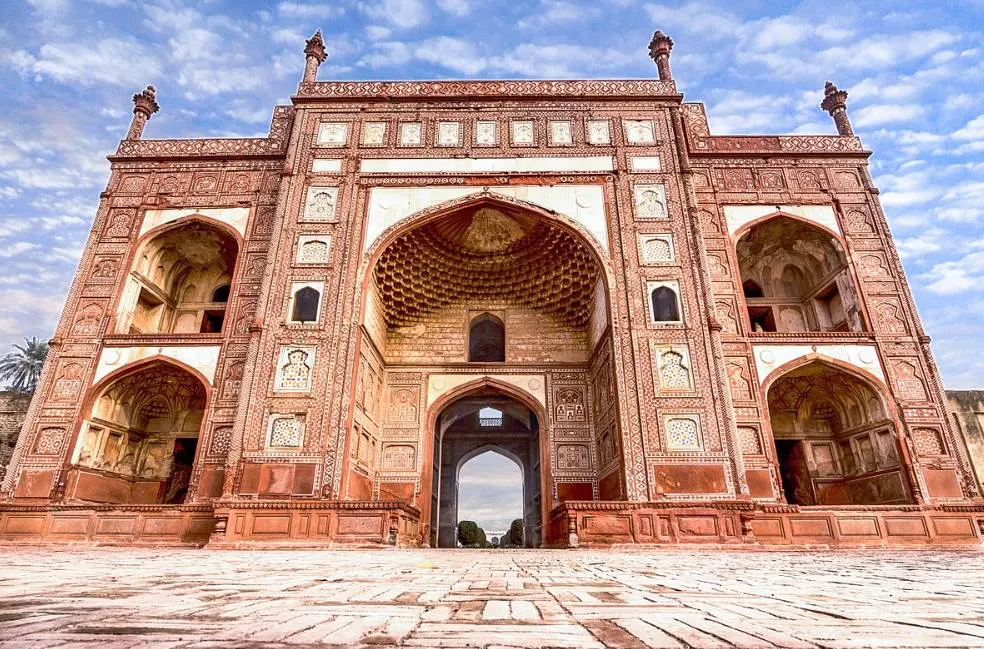Some of the most stunning Mausoleums were constructed in the 17th century. This includes the Taj Mahal and this incredible tomb in modern-day Pakistan.
Named in honor of the Mughal Emperor who was buried here, this building can easily be described as one of the world’s most impressive feats of Islamic architecture.
Let’s take a closer look at some of the most interesting facts about the Tomb of Jahangir, an incredible structure in Asia.
1. It’s located just northwest of the historical heart of Lahore in Pakistan
The Tomb of Jahangir is a monumental mausoleum that is located on the northeastern edge of the Walled City of Lahore. This was the historic heart of the massive city in modern-day Pakistan.
The area is known as Shahdara Bagh today and is separated from the Old City by the Ravi River which flows through the northern section of Lahore.
Back in the 17th century, this was an incredibly enjoyable place in a rural landscape full of magnificently designed pleasure gardens.
Today, the city has expanded beyond this area to the north and the capital city of Punjab is home to well over 11 million people.
This makes it the second-largest city in Pakistan after Karachi which is home to nearly 15 million inhabitants.

2. It was constructed by the son of the early 17th-century Mughal emperor
The tomb is named after Mughal Emperor Jahangir (1569-1627). This is the nickname of Nur-ud-Din Muhammad Salim, a man referred to as the “Conqueror of the World” in his time.

The nickname was related to both his conquests and the fact that he had great foreign relationships.
One of the English envoys of the East India Company named Sir Thomas Roe spent three years with the Emperor in the early 17th century and allegedly became his drinking buddy.
The Fourth Mughal Emperor reigned from 1605 until he passed away in 1627 and it was his son, Shah Jahan, who commissioned the construction of his father’s tomb.
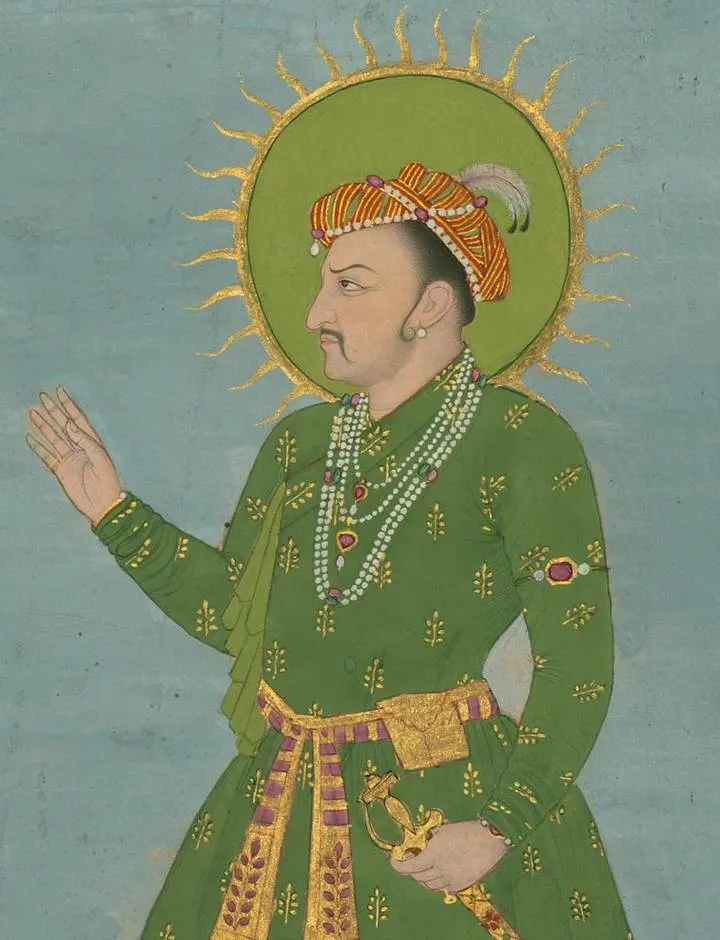
3. The tomb has a square design surrounded by arcades and lacks an important feature
The building features a square design that is surrounded by open arcades on all sides. This layout was inspired by Safavid architecture that was imported from Persia.
Such buildings were usually constructed on an elevated podium known as a “takhtgah” but this was not the case with the Tomb of Jahangir.
Another remarkable feature that appears to be missing is the central dome, a common feature in Islamic architecture.
Jahangir specifically forbade a dome to be constructed on top of his tomb because he wanted his final resting place to be open to the sky.
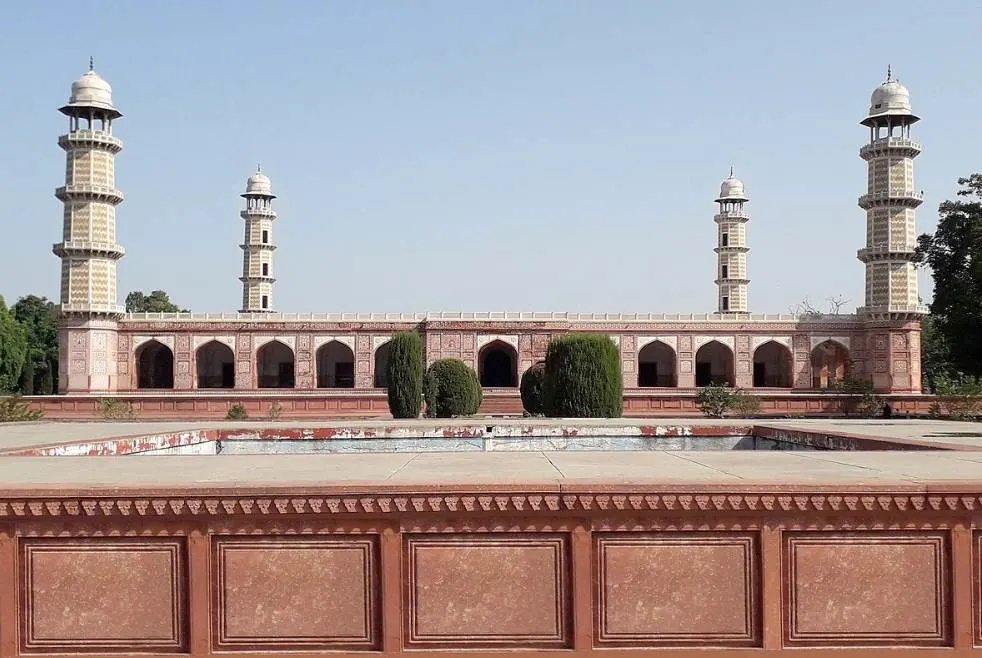
4. The building is dominated by 4 remarkable minarets on each corner
The height of the single-story building is merely 6.7 meters (22 feet), but it still stands out in the urban landscape of the massive city of Lahore.
That’s because each of the 4 corners features a minaret that reaches a height of 30 meters (100 feet) above the ground below.
These octagonal structures and their base are incredibly decorated with geometric stones. Each consists of three sections that are separated by white marble elements.
This was an uncommon feature in former Mughal buildings which means that Jahangir found inspiration from Timirud Buildings in Central Asia.
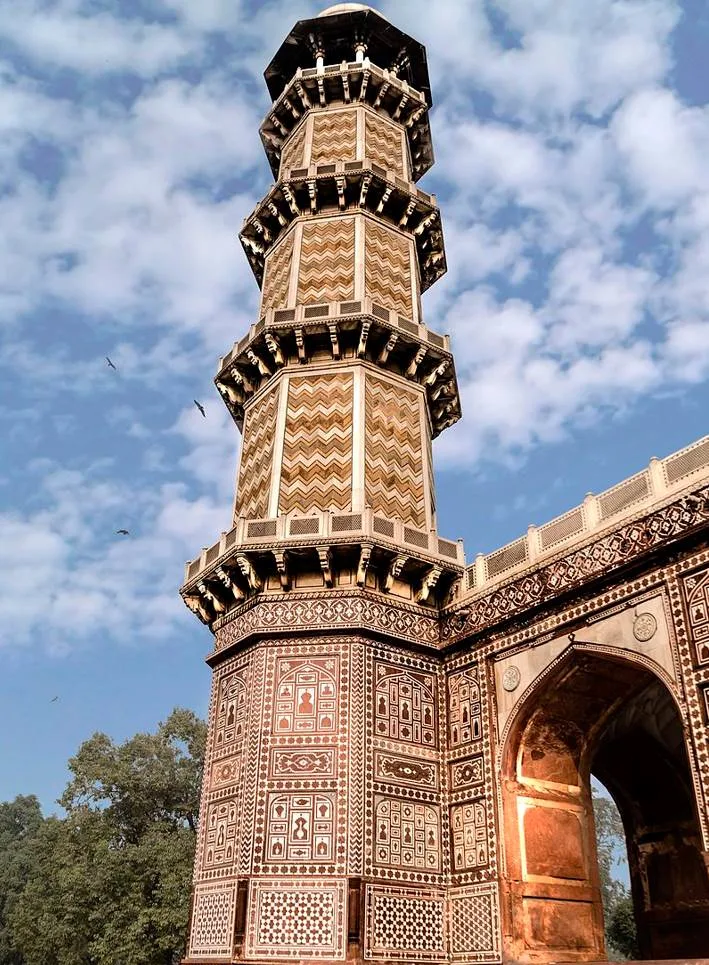
5. Both the exterior and interior of the tomb feature magnificent Islamic decorations
The exterior of the building is decorated with red sandstone that was inlaid with marble motifs. This form of Islamic art is a sight to behold in itself.
The interior of the Tomb of Jahangir is possibly even more impressive because it’s completely decorated with Mughal buon fresco.
This painting technique revolved around pigments being dripped in water and applied to wet plaster as the interior walls of the building are being finished.
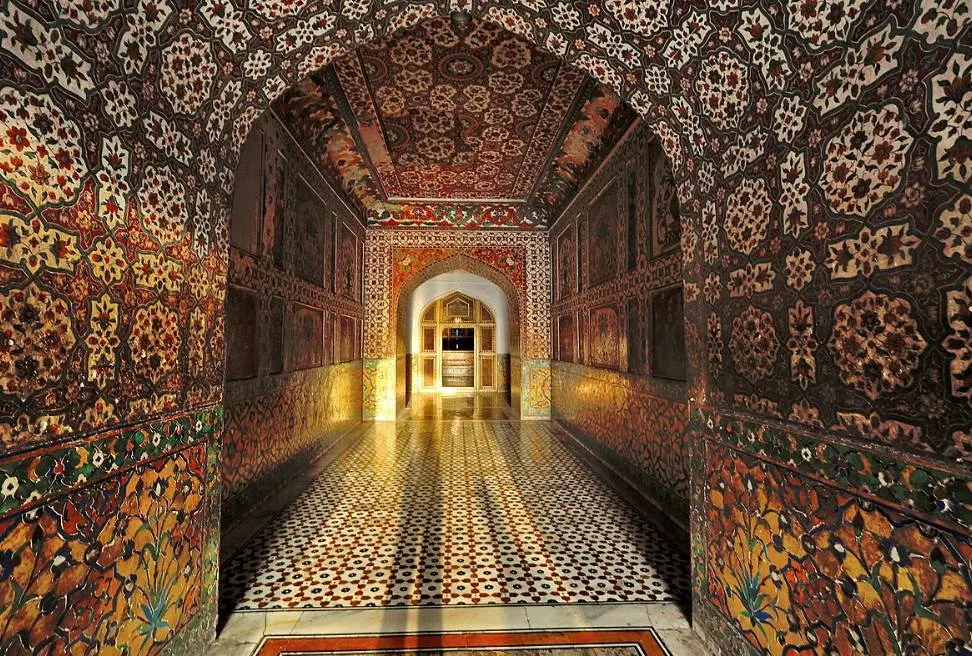
6. The emperor is buried inside an octagonal room in the center of the building
The square building is surrounded by arcades from which a large number of corridors lead up to a central octagonal chamber.
This is the most important part of the mausoleum because it’s here where Jahangir is buried.
The room featured yet some more carved marble decorations and a cenotaph in its center. That’s an empty tomb that makes where somebody is buried.
The remains of Jahangir are buried in a crypt below the cenotaph which is made of white marble and decorated with flower patterns. The 99 names of the Islamic God Allah are inscribed on it.
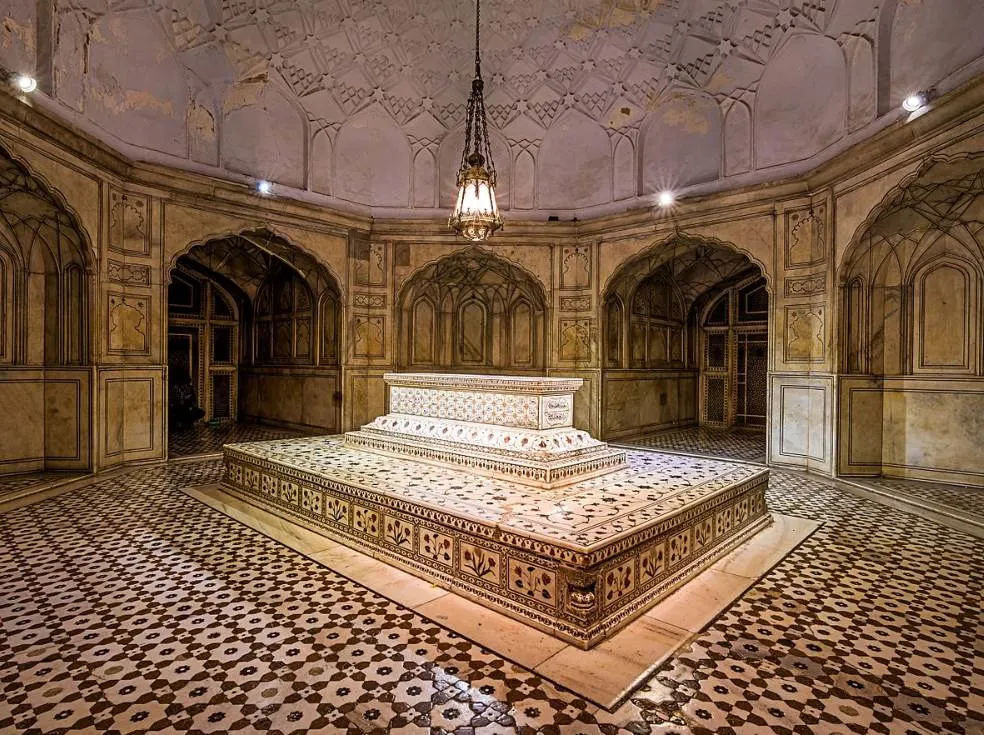
7. The Tomb of Jahangir is surrounded by a Persian-style paradise garden
The area where the Tomb of Jahangir is located was an enjoyable place back in the 17th century, and this remarkably remains the case today.
The tomb hasn’t been absorbed by the expanding city of Lahore because it’s surrounded by a stunning 17th-century pleasure garden.
This was inspired by a Persian garden design known as Chahar Bagh or “Paradise Garden.” It features 4 large squares that are subdivided into 4 smaller squares that are interconnected by walkways.
The entire square garden has dimensions of approximately 500 x 500 meters (1,640 x 1,640 feet).
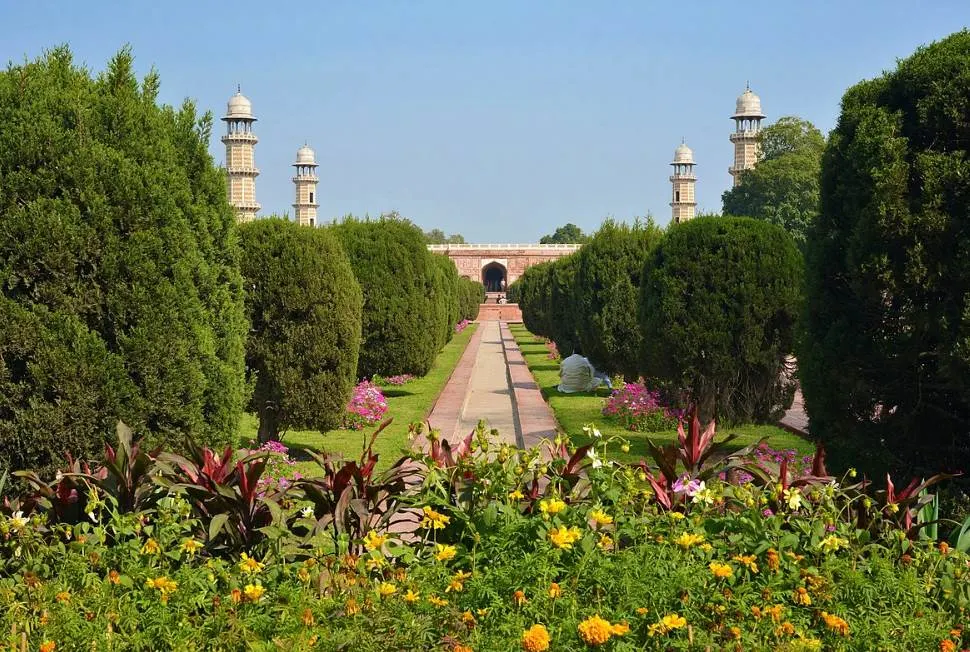
8. The Tomb is adjoined by 2 other monuments and might become a UNESCO site
The garden complex that surrounds the Tomb of Jahangir can be accessed via a monumental gate known as the “Bara Darwaza.”
This was once part of a Sarai or so-called “caravan inn” where travelers could stay during their visit to the mausoleum. It was also the home of the building’s caretakers.
On the western end of the complex, you can find another tomb called the Tomb of Asif Khan. This is the final resting place of the Fifth Mughal emperor and the brother-in-law of Jahangir.
This domed structure was completed between 1641 and 1645. Both tombs and the entrance gate are on the preliminary list to be designated as a UNESCO World Heritage site.
